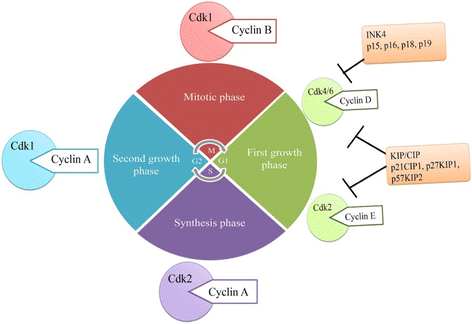Evaluation of the use of therapeutic peptides for cancer treatment
- PMID: 28320393
- PMCID: PMC5359827
- DOI: 10.1186/s12929-017-0328-x
Evaluation of the use of therapeutic peptides for cancer treatment
Abstract
Cancer along with cardiovascular disease are the main causes of death in the industrialised countries around the World. Conventional cancer treatments are losing their therapeutic uses due to drug resistance, lack of tumour selectivity and solubility and as such there is a need to develop new therapeutic agents. Therapeutic peptides are a promising and a novel approach to treat many diseases including cancer. They have several advantages over proteins or antibodies: as they are (a) easy to synthesise, (b) have a high target specificity and selectivity and (c) have low toxicity. Therapeutic peptides do have some significant drawbacks related to their stability and short half-life. In this review, strategies used to overcome peptide limitations and to enhance their therapeutic effect will be compared. The use of short cell permeable peptides that interfere and inhibit protein-protein interactions will also be evaluated.
Keywords: Apoptosis; Cancer; Cell penetrating peptides; Therapeutic peptides.
Figures
References
-
- Kurreck J, Stein CA. Molecular Medicine: An Introduction. 1. Weinheim: Wiley-VCH Verlag GmbH & Co. KGaA; 2016.
Publication types
MeSH terms
Substances
LinkOut - more resources
Full Text Sources
Other Literature Sources




